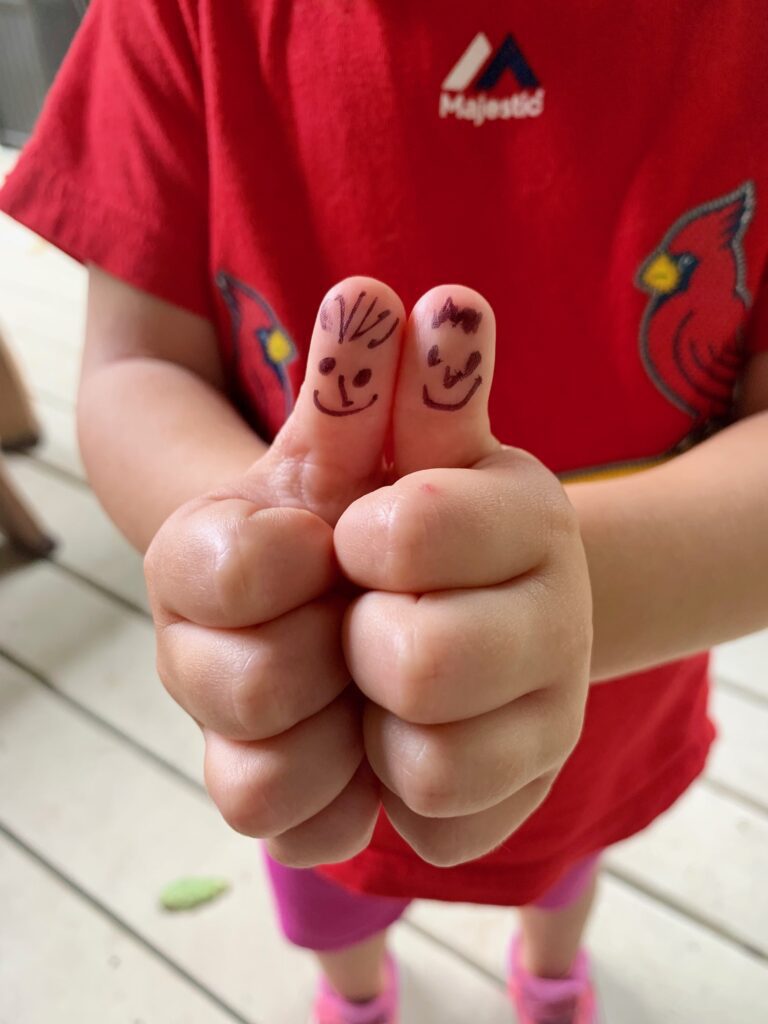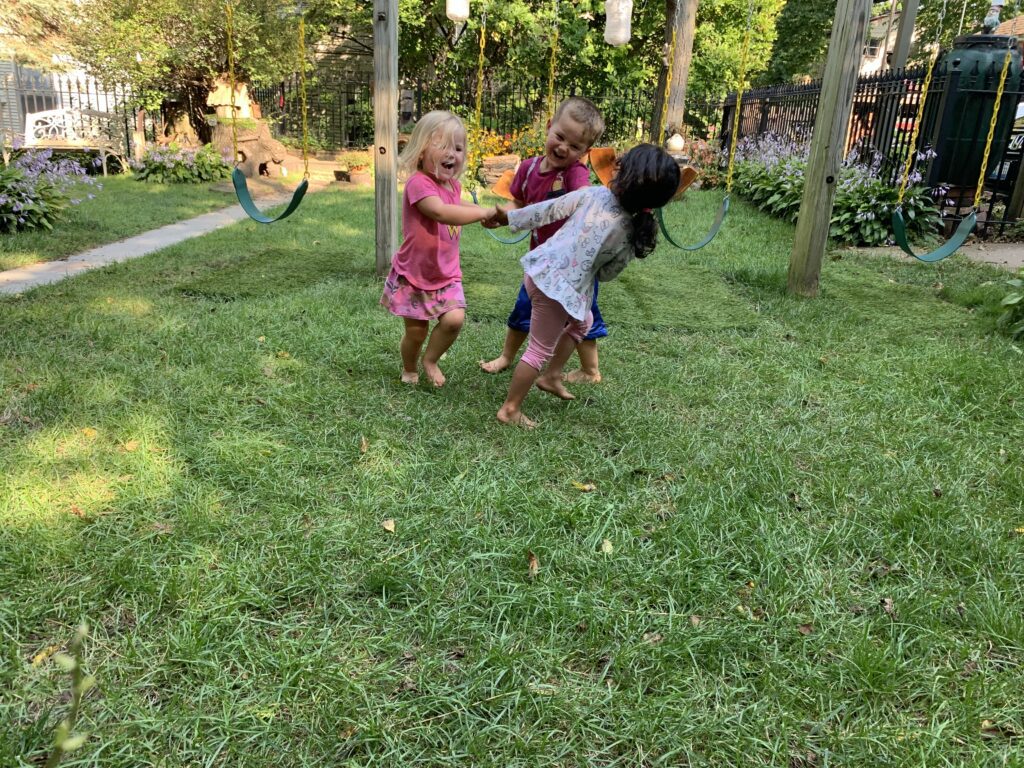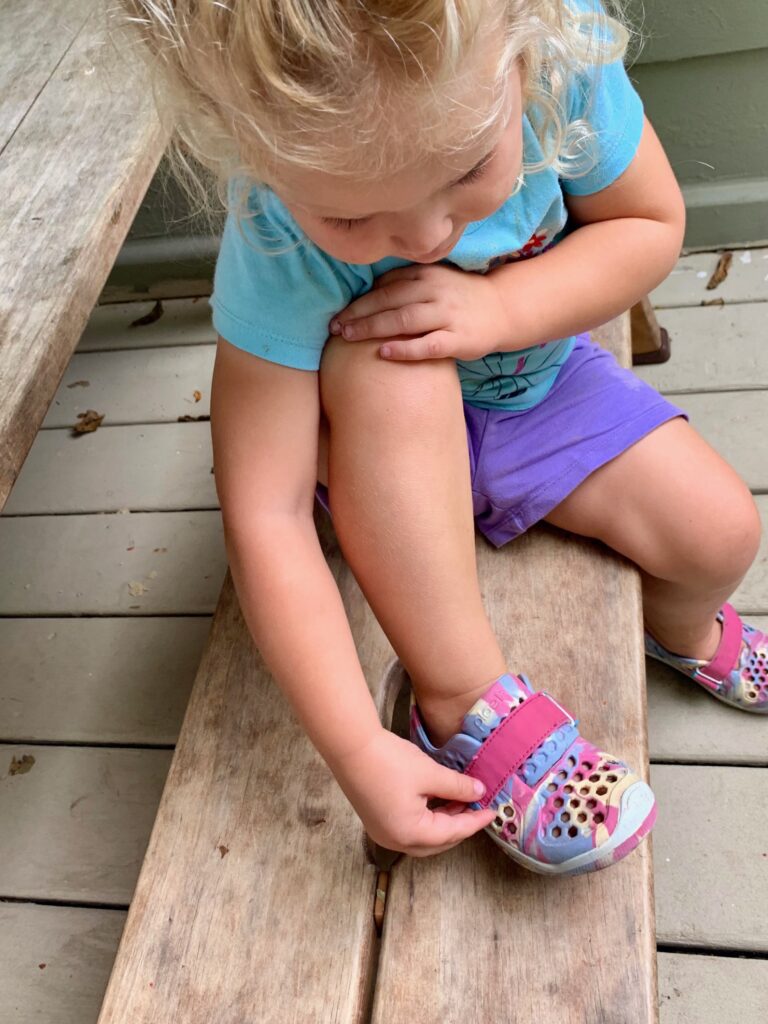Joyful Learning With Nursery Rhymes

Where is Thumbkin? Where is Thumbkin?
Here I am. Here I am.
How are you today, sir? Very well, I thank you.
Run away. Run away.
Decades after learning that nursery rhyme as a kindergartener, I still have vivid and happy memories of sitting around the well-worn piano in my kindergarten classroom singing "Where is Thumbkin" with my kindergarten teacher and classmates.
As a child, carried along by the rhythm of the song and the feelings of joy and camaraderie that those group singing sessions evoked, I didn't realize that there was also a lot of learning going on! As we used our thumbs and fingers to portray the characters in the Thumbkin story rhyme, we were getting an introduction to symbolic thinking.
When children begin to understand symbols, they also begin to understand numbers and letters, which are really just symbols for quantities and concepts. Rhymes, songs and movement are tried-and-true teaching tools for children who are learning to count and read.
Researchers are becoming increasingly aware of the ways that activities such as reciting nursery rhymes, chanting and singing songs can help foster reading readiness. Nursery rhymes help young children develop skills that lay the foundation for later reading, writing and language development. Studies have shown that children who are exposed to nursery rhymes early on tend to have better language skills later in life.
Nursery rhymes also help children develop phonological awareness, which is the ability to recognize and manipulate the spoken parts of sentences and words. The words and repetitive patterns in nursery rhymes introduce children to the sounds of language and help them recognize and produce rhymes themselves.

Simple songs and rhymes such as "Ring Around the Rosie" introduce language and help foster the development of social skills.
Nursery rhymes are also full of numbers, patterns, sequencing, and counting forward and backward. Children learn to add as they count forward and learn to subtract as they count backward. Some rhymes add “one more” or “one less" as the rhyme progresses. "Five Little Monkeys" is a great example of this.
Fingerplays for toddlers needn't be longer than three or four lines. “This Little Piggy” or “Round and Round the Garden” are great choices for our early learners.
You will see such looks of pride as the children in your care recite their first memorized verse! If your child or class has mastered "One, Two, Buckle My Shoe!" or “Itsy, Bitsy Spider," you already know that the rhythms and tunes of these nursery rhymes can be addictive to toddlers and preschoolers.
The rhythmic and repetitive nature of nursery rhymes also lays the foundation for understanding patterns and sequences, which are important mathematical concepts. Through nursery rhymes, children learn to anticipate the next rhyme or verse, which helps them develop the ability to recognize and predict patterns—a fundamental skill in mathematics.

Nursery rhymes often contain rich vocabulary and imagery, which can stimulate cognitive development in young children. Research suggests that reciting and discussing nursery rhymes can enhance children's memory, attention and comprehension skills.
When choosing books to read to your child, look for books that have only one rhyme per page. Our infants and toddlers enjoy board books that feature only one rhyme for the entire book. These books enrich the learning experience with visually stimulating illustrations and introduce children to language that they may not hear at home. Selecting good books is one of the best ways to share time with young children. Reading aloud conveys affection, caring and a desire to connect and have fun.
You will find tips and suggestions on The Importance of Nursery Rhymes on our Activity Page. So let the rhyming begin!